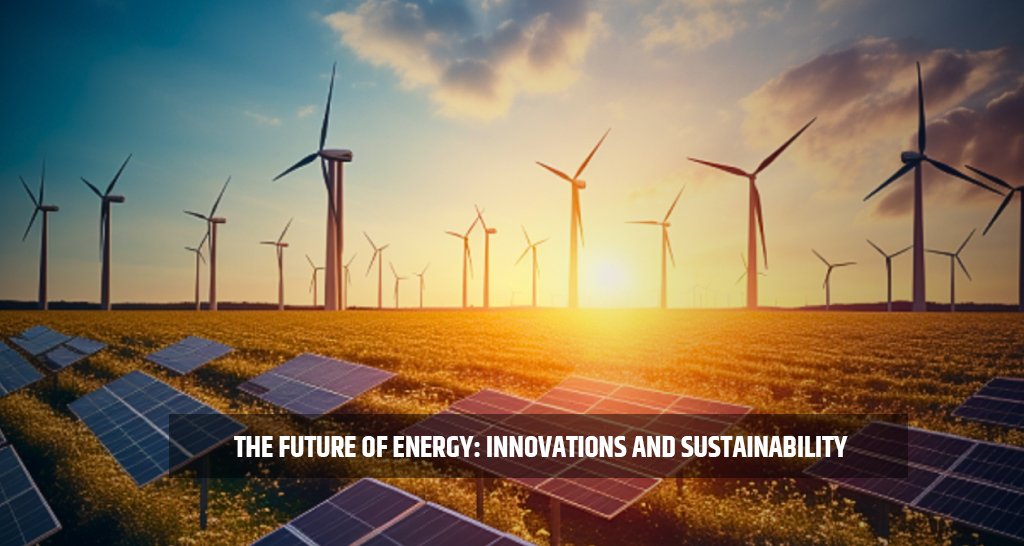Understanding the Current Energy Landscape
The current energy landscape is characterized by a complex interplay between traditional fossil fuels and the burgeoning sector of renewable energy sources. Globally, the reliance on fossil fuels remains significant, with oil, coal, and natural gas accounting for over 80% of the total primary energy consumption as of 2022. This dependency raises profound implications for climate change and energy security, as greenhouse gas emissions and geopolitical tensions related to fossil fuel supply chains continue to pose challenges.
However, there is a notable shift towards renewable energy, driven by a slowdown in the costs of solar and wind technologies, coupled with increased governmental and societal pressures to combat climate change. In 2021, for instance, renewable energy sources contributed approximately 29% of global electricity generation, marking a significant increase from previous years. This growth reflects an evolving energy demand, as investments in technologies such as wind farms, solar panels, and hydropower are gaining momentum.
Despite these advancements, transitioning to a more sustainable energy system does not come without its challenges. One major hurdle is the intermittent nature of renewable energy sources; for instance, solar and wind energy generation can be erratic and often requires improvements in storage technology and grid infrastructure. Furthermore, policy frameworks and regulatory barriers in various regions can impede the widespread adoption of renewable technologies. As energy demand continues to rise, particularly in developing economies, the necessity for innovative solutions that balance sustainability with energy reliability becomes critical.
In summary, while the current energy landscape remains heavily influenced by fossil fuels, the growing prominence of renewable energy sources is transforming how we conceptualize energy production and consumption. The journey toward a more sustainable energy future will require addressing significant challenges while harnessing the momentum of existing technological advancements.
Innovations in Renewable Energy Technologies
The field of renewable energy technologies is witnessing unprecedented advancements that are reshaping the global energy landscape. Innovations in solar, wind, hydroelectric, and geothermal energy are at the forefront of this transformation, providing sustainable solutions to the growing energy demands. A notable example is the advancements in solar panel efficiency, with modern photovoltaic cells now capable of reaching efficiencies exceeding 25%. Such improvements significantly enhance the viability of solar energy as a credible power source, allowing for more energy to be harvested from a limited surface area.
Wind energy has also seen remarkable advancements, particularly with the design of larger and more efficient turbines. These new turbines harness wind at varying heights and can function effectively in both high and low wind speeds. Innovations such as floating wind farms are enabling the deployment of turbines in deeper waters, where winds are stronger and more consistent. This expansion of wind energy technology not only increases overall energy output but also opens new areas for development, thereby enhancing the contribution of wind energy to the overall energy mix.
Energy storage solutions represent another crucial advancement in the renewable sector. The integration of batteries, particularly lithium-ion technology, with renewable energy sources provides a way to store excess energy generated during peak production times. This ensures a more reliable energy supply, addressing intermittency issues associated with both solar and wind energies. Furthermore, smart grid technologies facilitate more efficient energy distribution, allowing consumers and producers to interact fluidly, ultimately optimizing energy usage and reducing waste.
Real-world implementations of these innovations are evident in various projects worldwide. For instance, the Hornsea One wind farm in the UK stands as a testament to the potential of offshore wind energy, with a capacity to power over a million homes. As research continues to advance in renewable energy technologies, the path towards a sustainable future becomes increasingly clearer.
The Role of Policy and Regulation in Energy Transition
The shift towards a more sustainable energy landscape is significantly influenced by government policies and regulations. These frameworks are essential in promoting the adoption of renewable energy sources, enhancing energy efficiency, and ultimately reducing greenhouse gas emissions. To achieve these goals, various legislative initiatives have been established at both the national and local levels.
One of the most prominent international agreements, the Paris Accord, serves as a benchmark for countries to commit to reducing carbon emissions and transitioning to sustainable energy practices. This accord emphasizes the necessity for nations to set ambitious climate targets and support resilience against climate change impacts. By aligning domestic policies with international commitments, governments can foster a collaborative environment that encourages innovation in renewable energy technology and practices.
At the local level, many governments have implemented incentives designed to promote sustainable practices among consumers and businesses. These can take the form of tax credits, rebates, or grants for adopting renewable energy systems, such as solar panels or wind turbines. Additionally, regulatory measures may require utilities to increase their renewable energy portfolios, thereby encouraging a shift from fossil fuels to cleaner alternatives.
Furthermore, public awareness campaigns play a vital role in reshaping consumer behavior. Educating the public about the benefits of energy efficiency and renewable energy technologies can lead to increased demand for sustainable practices. When consumers prioritize energy-efficient products and services, businesses are prompted to innovate and adapt to meet this growing demand.
In conclusion, the interplay between policy, regulation, and public engagement is crucial for accelerating the energy transition. By fostering a conducive environment for renewable energy adoption and promoting energy-efficient practices, governments can lead the way towards a more sustainable energy future.
An Integrated Approach to Energy Efficiency and Conservation
Energy efficiency and conservation are essential components of a sustainable energy future, particularly as renewable energy sources gain prominence. Implementing energy-efficient strategies alongside the deployment of renewable technologies not only maximizes resource utilization but also minimizes environmental impact. Individuals and organizations must recognize that achieving significant energy reduction requires a multifaceted approach that combines advanced technology with mindful consumption practices.
A key strategy in promoting energy efficiency involves the use of energy-efficient appliances. These devices, designed to consume less electricity while delivering equivalent performance, can substantially decrease overall energy use in homes and businesses. For instance, refrigerators, washing machines, and air conditioning units that carry the ENERGY STAR label are proven to be at least 10% more efficient than standard models. Transitioning to such appliances can lead to noteworthy reductions in energy consumption, which in turn aids in alleviating pressure on the grid and supports the transition to a cleaner energy landscape.
Incorporating smart home technology is another effective measure for enhancing energy efficiency. Smart thermostats, lighting systems, and energy monitoring devices enable users to track and optimize their energy usage in real-time. By employing automation and remote control features, households can adjust energy consumption patterns to align with their actual needs, thus reducing wasted energy. Furthermore, these systems can be programmed to shift energy use to off-peak hours, fostering better energy management and improving grid stability.
Behavioral changes also play a crucial role in energy conservation. Simple actions, such as turning off lights when leaving a room or using natural light during the day, can collectively result in significant energy savings across communities. Educational initiatives that raise awareness about energy conservation and encourage sustainable practices can empower individuals to make informed decisions that collectively promote a reduction in energy demand.
Case studies highlighting successful energy conservation initiatives further illustrate the potential benefits of such measures. For example, a municipal program that incentivizes residential energy upgrades resulted in a 20% reduction in household energy consumption over five years. Such real-world examples reinforce the importance of adopting an integrated approach to energy efficiency and conservation as we progress towards a sustainable energy future.



